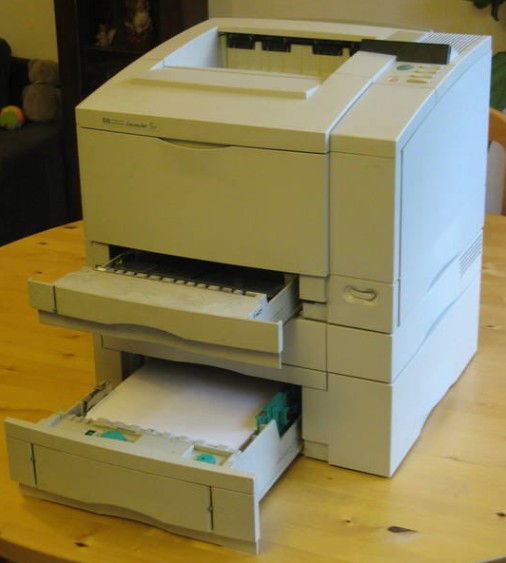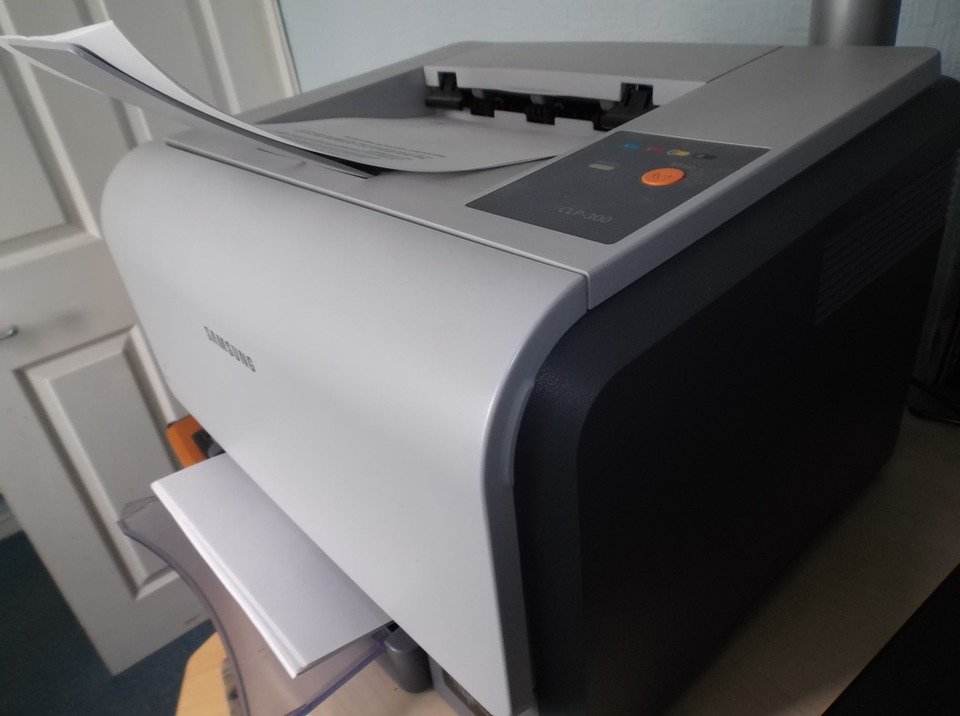When you’re at work, one of the most common machines you would find is the printer. Printers serve an essential role in the office. But you will not only find this helpful device at work; it is also possible to have a printer in the comfort of your home.
The significance of printers has heightened over the years. Especially with the rapid advancement of technology and the development of society, printers are known for being a huge help to humans in simplifying work. From the name itself, a printer is a device used for printing. The diverse designs and types of printers broaden its scope of work, allowing it to print almost anything, such as shirts, plastic, glass, and of course, paper.
Interestingly, the printing industry is worth more than a billion-dollar in the United States alone. This statistic shows how important printers are to us. These machines serve as an essential tool in helping us make our jobs easier. They are designed to get the job done faster, instead of writing and other forms of texts and graphics. In this article, we are going to dig deeper and look into the more profound definition of printers.
What is a printer?
Before we look into the origins of the printer, let us first know its definition. When we think of a printer, the first thing that might come in our minds is a compact device that uses ink to function. This type of printer is called the inkjet printer, which from the itself, requires ink to print graphics. The inkjet is a type of printer and is also one of the most common. Interestingly, the advancement of technology also led to the diversity of printers; today, there are different types of printers used for various tasks.
For starters a printer is a machine that creates a graphic or text representation of a design. This representation is usually printed on paper, but other printers make it possible to engrave images on other materials, such as plastic, glass, and stone. Computers are used to create the design or text. Once the graphic is ready, the computer should be connected to the printer, which would then proceed to the printing process. This method of printing has been around for many years and had helped a lot of people in making their daily work a lot easier.
As mentioned earlier, there are many other types of printers used in different situations. Some of the most common types of printers include the 3D printer, inkjet printer, laser printer, thermal printer, and many more.
Origins of Printers
As we all know, Charles Babbage is known as one of the most significant mathematician and innovator in the 19th century. He was one of the few persons responsible for developing the revolutionary technology known today, which is the computer. Interestingly, Babbage is also credible for his contribution in the development of printers.
It is known that in the 19th century, Charles Babbage was responsible for creating the first computer printer design. The machine was a mechanically driven apparatus, which he designed for his difference engine. He did a remarkable design for the first-ever mechanical printer, but the device was not yet built until the early 21st century.
However, people aimed for developing an electrical driven printer instead of a mechanical device. That is why in 1968, the Japanese company Epson invented the first electronic printer called the EP-101. Epson is known today as part of the dominant companies in the printing industry.
Over the years, the use of printers became more significant; more and more companies, as well as individuals demanded for faster printers, which would dramatically help save work time. Because of this, many electronic companies aimed at developing better designs of the printer, which would result in a much faster and efficient printing experience. Several upgrades were introduced in the mid-20th century, but the advancement of printers had a breakthrough in 1984.
During this time, the first low-cost laser printer, the HP LaserJet, was made available on the market. The introduction of laser printers to the public led to a more diverse use of printing devices. Furthermore, the printing industry made a significant growth, along with the development of various printers.



